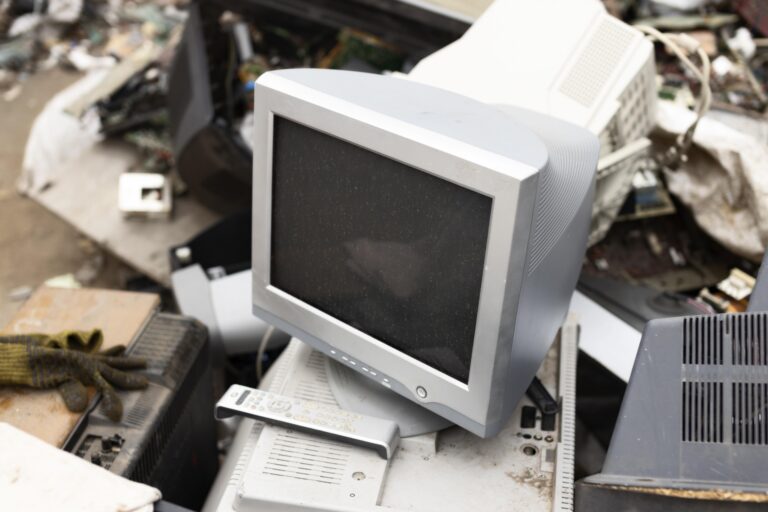Theme
Waste Awareness, Circular Economy, Critical Consumption
Activity Duration
1.5–2 hours
Group Size
4–20 participants
Objectives
- Build awareness of local waste patterns and consumption habits
- Develop practical skills in sorting and categorising waste
- Use collected data to refkect on lifestyle and propose alternatives
- Introduce circular economy thinking and waste reduction strategies
Description
Every day we throw things “away” — but where is “away”? This activity
challenges young people to engage with one of the most visible aspects of
modern sustainability: waste. By taking a hands-on approach to auditing
what gets discarded in their immediate surroundings, participants begin to
uncover the hidden systems of consumption, disposal, and the deeper
stories behind our trash.
Inspired by Lucy Legan’s philosophy of turning problems into solutions,
the Trash Audit Challenge transforms rubbish into a powerful teaching tool.
It’s a tactile, real-world entry point into systems thinking, critical
consumption, and circular economy ideas.
This activity works best when conducted in a familiar space (e.g. youth
centre, community room, outdoor venue) where waste has accumulated
over time or can be simulated. You’ll guide youth through sorting,
categorising, and re ecting on the materials they handle daily. The key is
not to shame or scold, but to observe, learn, and imagine alternatives.
Facilitators should prepare a safe, clean audit space and ensure hygiene
protocols (e.g. gloves, hand sanitiser) are followed. This is a creative,
empowering process — and often surprising!
Materials/Tools
– WS4.1 Trash Audit Toolkit (includes data sheet, sorting guide, and action
plan)
- Gloves (1 pair per participant)
– Sorting trays or large sheets for layout (1 per group)
– Clipboards and pens for data collection
– Scales or counting method (optional for quanti cation)
– Flipchart or whiteboard for action plan sharing
– Hand sanitiser, rubbish bags, access to clean-up supplies
Space (indoor, outdoor,
settings…)
Indoor or sheltered outdoor space
- Needs at surface for sorting,
nearby disposal bins, and room for group discussion
Structures/steps (timing)
1. Opening Circle – Ask: “Where does our waste go after the bin?” Share
ideas. (5 mins)
2. Safety & Sorting Brie ng – Review glove use, sorting rules, and roles. (5
mins)
3. Sorting Activity – Collect and sort trash into material categories
using guide. (20–30 mins)
4. Data Recording – Use WS4.1 to log quantities, patterns, and
observations. (15 mins)
5. Analysis & Re ection – Small groups discuss ndings and brainstorm
causes. (15 mins)
6. Action Planning – Use the template to create a Waste Reduction Plan.
(15 mins)
7. Group Presentations – Share one insight or action idea from each group.
(10 mins)
Evaluation System/Tools
– Accurate and thoughtful completion of WS4.1 data and action sheets
– Group participation in sorting and re ection processes
– Quality of proposed reduction strategies (realistic, creative, relevant)
– Engagement and teamwork throughout the activity
This activity can connect to:
Life in the soil



